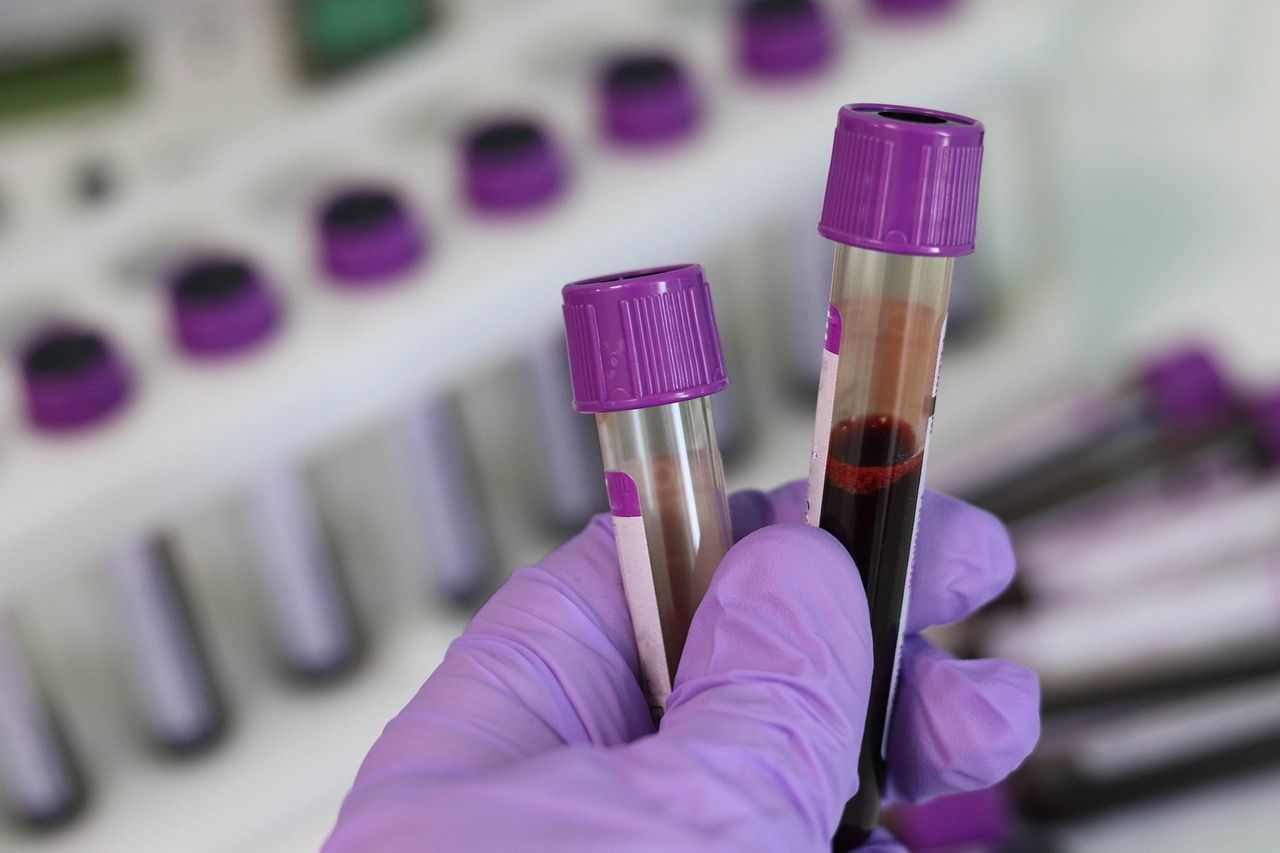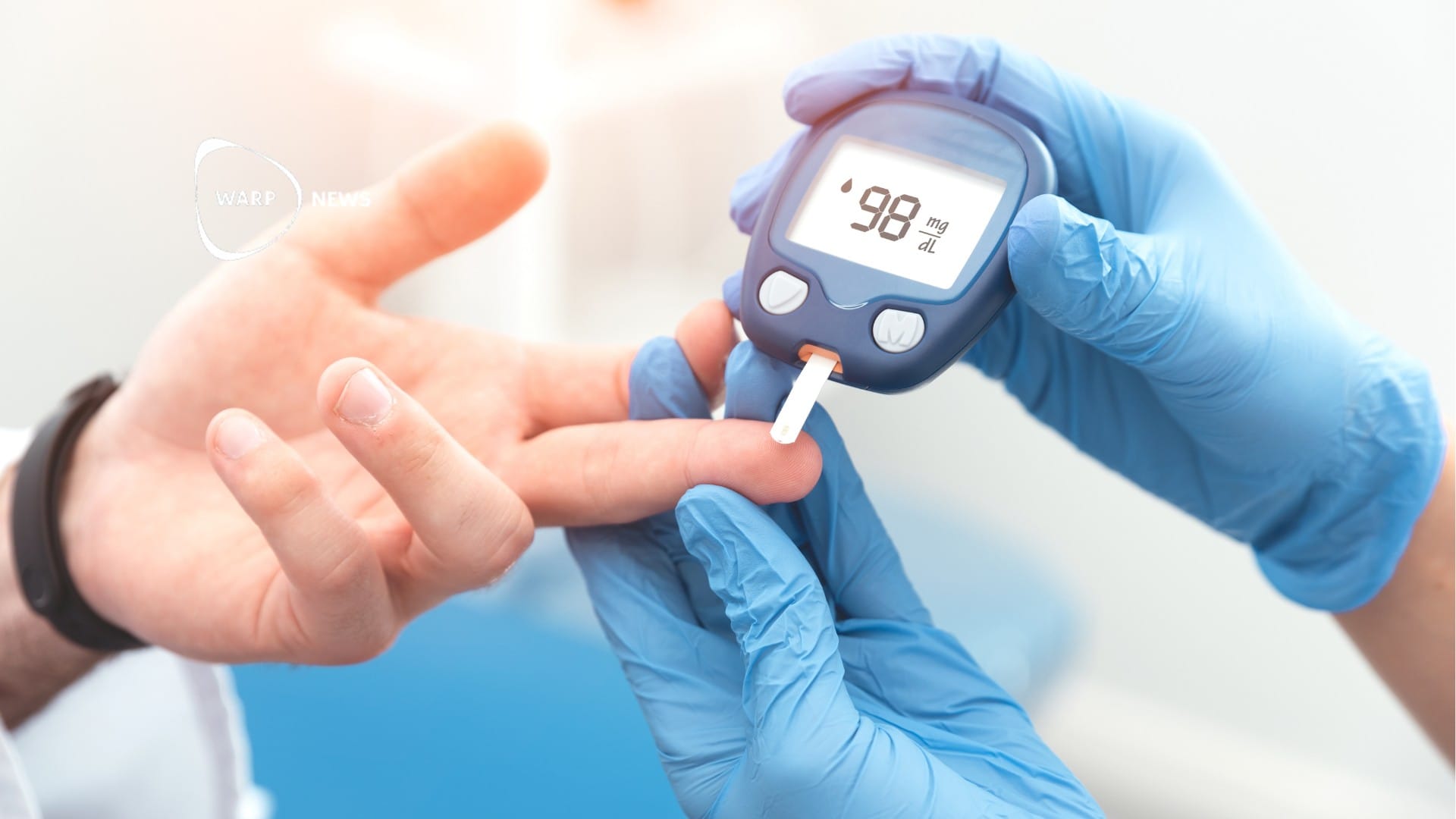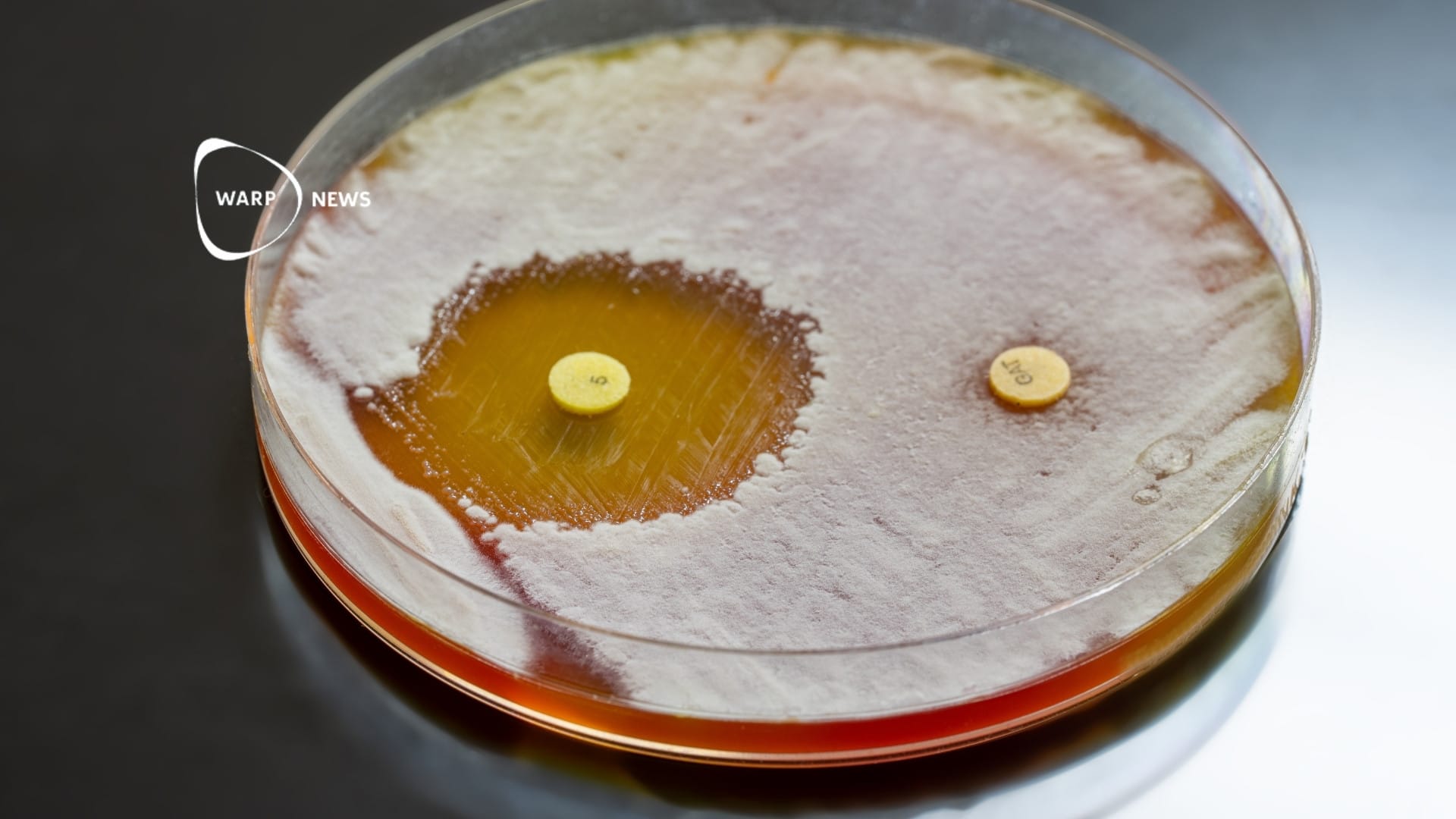
🩸 Blood tests can reduce antibiotic resistance
A new test could help doctors distinguish between viral and bacterial infections and thus reduce the prescribing of antibiotics in cases when it wouldn't help.
Share this story!
Overprescription of antibiotics is a significant problem that risks rendering many of the antibiotics that save countless lives today useless in the future. One reason is that antibiotics are used against viral infections, even though antibiotics only work against bacteria and not viruses.
According to researchers from Stanford University in the United States, 70-80 percent of all antibiotics in developing countries are given against viral diseases because healthcare in those countries does not always have the resources to differentiate between viral and bacterial infections.
"Doctors today prescribe antibiotics empirically. That is, they say 'we give you antibiotics and if you get better it was a bacterial infection and if not we stop giving you antibiotics,'" says Purvesh Khatri, researcher at Stanford University, in a press release.
To remedy this, Purvesh Khatri and a research team have developed a test where a regular blood sample can be used to show whether viruses or bacteria are causing an infection. Simply put, the test involves using the body's immune system to ascertain whether bacteria or viruses are the culprits in the drama.
“The immune system has been doing this for millions of years, constantly learning what bacteria are, what viruses are, and how to react to them. Instead of looking for it ourselves, we can simply ask the immune system,” says Purvesh Khatri.
The researchers used data from over 4,000 people in 35 countries and had an AI learn to interpret the results from the immune system to distinguish between bacteria and viruses. The result was that the test can now identify whether it is a viral or bacterial infection with 90 percent certainty.
All that is needed is a blood sample, which means that the researchers hope that this method can be used around the world. They will now continue the work to produce a product that can be used in healthcare.
By becoming a premium supporter, you help in the creation and sharing of fact-based optimistic news all over the world.


